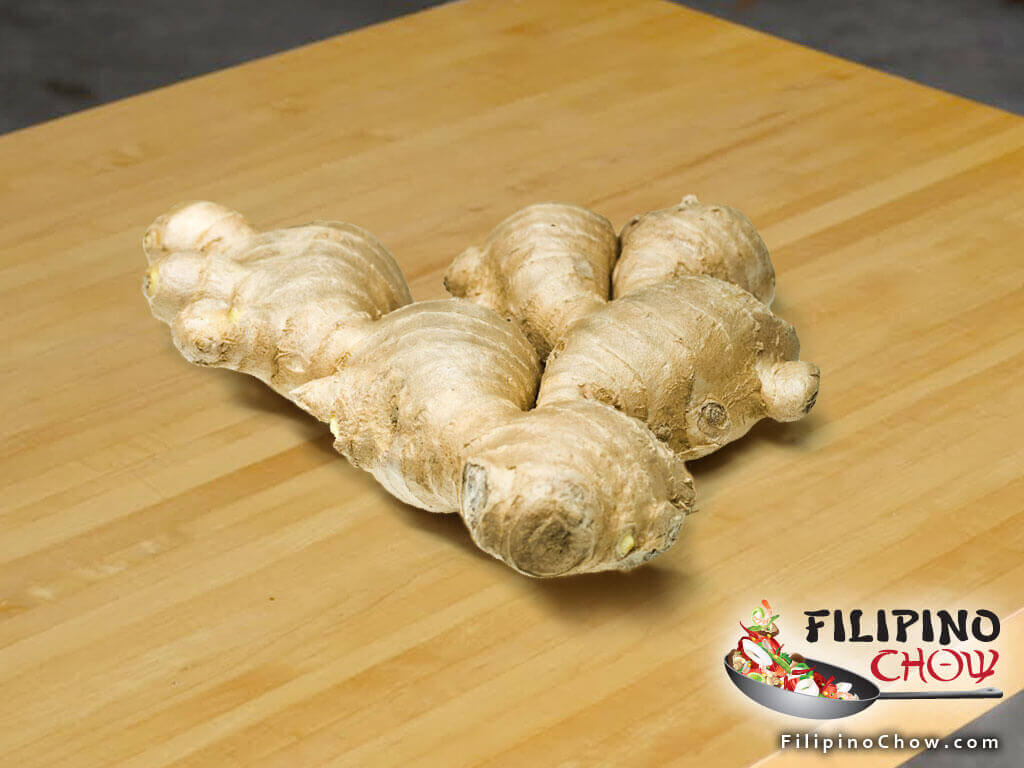Ginger is a powerful flavor enhancer that is frequently used in a variety of culinary traditions throughout the world, but it is more commonly used in Asian food preparation. It’s pungent, spicy, and robust flavor properties make it a must have in the kitchen. You will find that it can be used in everything from dipping sauces to stir fries and even in some drinks. Aside from that, ginger contains potent compounds are that well known for their medicinal properties.
Ginger is more appropriately known as Ginger Root. That is because ginger is actually a rhizome. A rhizome is part of a plant that grows horizontally underground as the root or base of the stem for foliage that appears above ground. Other common plants that have rhizomes are rhubarb, turmeric, and even bamboo.
Ginger is best characterized as a firm, irregularly shaped bundle of knobs with a striated texture. It is yellow, white or red in color, depending on the variety. The root is covered by a brownish skin that can be thick or thin, depending on whether the plant was harvested when it was mature or young.
History
Ginger root is native to southeastern Asia, and as such this flavorful herb is prominently featured in cuisine from that region. Still ginger has been renowned for thousands of years in many other regions throughout the world.
You will find ginger mentioned in ancient texts from China, India and in Middle Eastern countries. It has been highly sought after for millennia because of its aromatic, culinary, and holistic healing properties. The ancient Romans are credited for introducing ginger to western culture on a large scale when they began importing ginger from China almost two thousand years ago.
From there its popularity in Europe grew, but early on its use remained primarily centered around the Mediterranean region. Later on in the Middle Ages its use spread throughout other countries in Europe, and then throughout the rest of the world. Even though it was a very expensive spice in those times, since it had to be imported from Asia, it was always in great demand.
To make ginger more available, the Spanish introduced ginger to the West Indies, Mexico, and South America as a cash crop. In the 16th century, these areas began exporting ginger back to Europe, which lowered the costs of the herb and made it more widely available to the world. Today, the top commercial producers of ginger include India, China, Indonesia and Thailand.
Selection and Storage
When you purchase ginger, it’s better to get the fresh ginger instead of the dried ginger. This is because the flavor and medicinal properties of the ginger is stronger in the fresh ginger than it is in the dried ginger. Ginger can also be found in other forms such as crystallized, candied and pickled ginger. Get the fresh ginger if you can and always try to get organic produce if at all possible.
You will typically find fresh ginger being sold in the produce section of your local food market. There are certain qualities that you want to look for when you choose a piece of ginger. You want it to feel firm to the touch with a smooth, dry texture on the outside, and show no signs of mold.
The most common variety of ginger that you are likely to find is mature ginger. This ginger is characterized by the tough skin on the outside that must be peeled before you use it. The less common variety is the young ginger that doesn’t require peeling. This is more likely to be found in Asian markets, if at all.
If fresh ginger is unavailable, you will likely find dried ginger in the spices and herbs section of your local market. If you must use dried ginger, you may still be able to improve the quality of the dried ginger that you are getting by electing to shop for dried ginger at a store that specializes in organic produce and holistic herbs. Oftentimes, these stores will have herbs and spices that are of superior quality and freshness than those offered in the large super market chains.
Fresh ginger can typically be stored in the refrigerator for up to three weeks if it is left unpeeled and it was fairly fresh to begin with. Unpeeled ginger should be stored in the freezer. It will keep there for up to six months. Dried ginger powder should be kept in a tightly sealed glass container in a cool, dark and dry place. You can store it in the refrigerator where it will keep for about one year.
Preparing Ginger
To prepare ginger root for use in food preparation, you start by removing the thick skin covering the outside of the ginger. You can peel the skin off with a paring knife. A peeler can also be used, but this isn’t always the best option due to the irregular shape of ginger root. Keep in mind that this only applies to the mature variety of ginger. If it’s the young variety of ginger, you can skip this step.
The ginger can then be sliced, minced or julienned as needed for use in a variety food preparation applications. One trick I like to use is to put the ginger in the freezer for about an hour before I beginning peel and cut it. This will make it easier to slice it into small pieces, if that is what you need.
The intensity of flavor that ginger adds to a dish depends on when it is added during food preparation. If you add it early on in the cooking process, the ginger flavor will be more subtle and subdued. But if you add the ginger more towards the end of cooking, it will deliver a more robust ginger taste to the food. So use it wisely.

